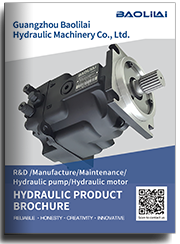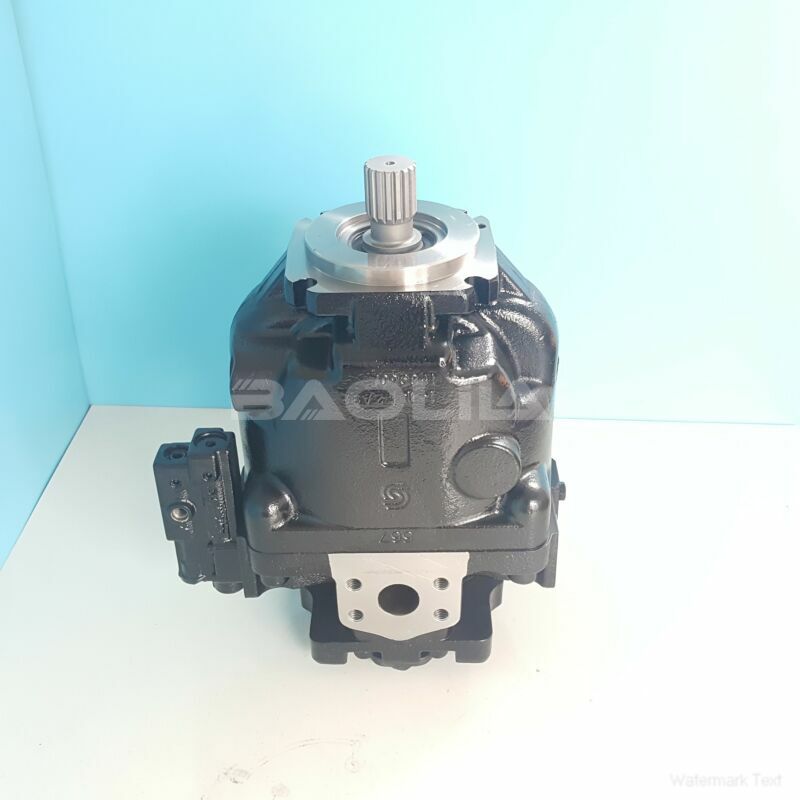ERR100BLS2220NNN3S2CPA1NAAANNNNNN hydraulic pump
ERR100BLS2220NNN3S2CPA1NAAANNNNNN hydraulic pump

- Product Details
- Applicable Scene
The hydraulic fluid’s properties also interact with pump design to influence efficiency. Fluid viscosity, for example, affects how easily it flows through the pump and the associated energy losses. Selecting the right hydraulic fluid and ensuring that the pump is designed to work within specific viscosity ranges can enhance performance and efficiency.
ER-R-100B-LS-22-20-NN-N-3-S2CP-A1N-AAA-NNN-NNN
ERR100BLS2220NNN3S2CPA1NAAANNNNNN
Additionally, the layout and design of the entire hydraulic system can impact how effectively the pump operates. A poorly designed system with numerous bends, valves, and filters can lead to excessive pressure drops and energy losses. By ensuring that the hydraulic pump is integrated into a well-designed system with minimal resistance, overall efficiency can be significantly improved.

83037723
In conclusion, the design of hydraulic pumps plays a pivotal role in the efficiency of hydraulic systems. Factors such as pump type, internal component design, displacement, speed, and fluid properties all contribute to how effectively a hydraulic system operates. By focusing on these aspects of hydraulic pump design, engineers and manufacturers can create systems that not only perform better but also save energy and reduce operational costs. Understanding the relationship between pump design and system efficiency is vital for anyone working with hydraulic technology, and it paves the way for innovation and optimization in the field.





